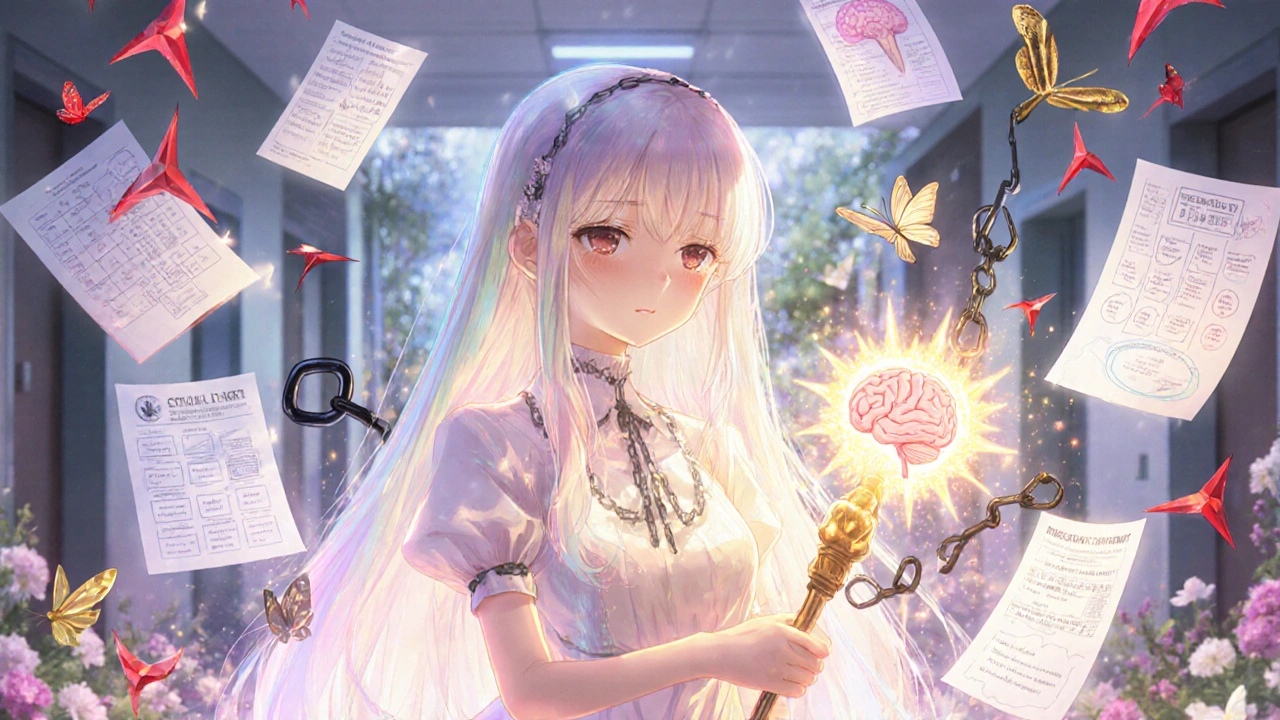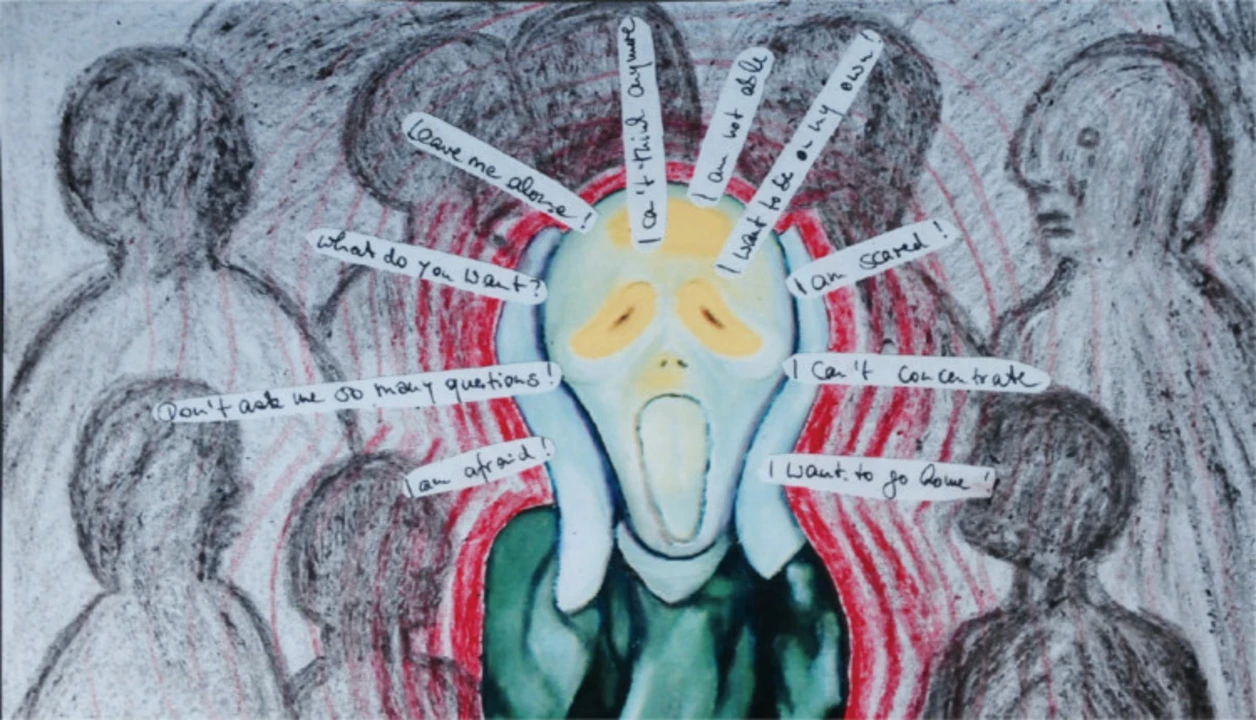Mental Health: Anxiety and Depressive Disorder — What to Know
Anxiety and depressive disorder often show up together, and that mix can make everyday life feel heavier. You might worry a lot and also feel numb or hopeless. That combination is common, and knowing the key differences and simple steps to take can help you get on a clearer path.
Signs and overlap
Anxiety tends to bring racing thoughts, constant worry, physical tension, and trouble sleeping. Depression leans more toward low mood, loss of interest, low energy, and slower thinking. But symptoms cross over a lot: both can cause trouble concentrating, changes in sleep, and irritability. If you feel both worry and numbness, that’s not unusual — many people have both conditions at once.
Look for patterns. Does worry spike before specific events, or is sadness present most days? Does sleep change because of racing thoughts, or because you don’t have the energy to get out of bed? Tracking symptoms for two weeks in a simple note or app helps you talk clearly with a clinician.
What you can do today
If you suspect anxiety and depression together, start with small, practical steps. Set one realistic daily goal — a short walk, a shower, or a call to a friend. Break tasks into tiny pieces so they don’t feel overwhelming. Use a sleep routine: same bedtime, no screens 30 minutes before bed, and light exercise during the day. These little changes don’t fix everything, but they reduce strain and give you momentum.
Therapy and medication both help. Cognitive Behavioral Therapy (CBT) can teach ways to interrupt worry and lift mood. Antidepressants or anti-anxiety meds fit some people, especially when symptoms are moderate to severe. You don’t have to choose alone — a primary care doctor or mental health provider can outline options and risks in plain terms.
When is it urgent? If you have thoughts of harming yourself, you can’t eat or sleep for days, or your work and relationships are collapsing quickly, get immediate help. Call local emergency services, a crisis line, or go to the nearest emergency room. Tell someone you trust where you are and what you need.
Talk to others. Telling a friend or family member how you’re feeling removes isolation and makes seeking care easier. If talking feels hard, bring a short note that lists your main symptoms and what you want from the conversation — advice, company, or help finding a clinician.
Want more detail? Read our post “Exploring the Connection Between Anxiety and Depressive Disorder” for a clear look at causes, real examples, and research-backed tips. Keep making small practical choices and asking for help when things are heavy — those moves add up to real change.




